Today’s Re:Writing is inspired by this week’s Writers Panel episode and is filmed before a live studio audience.
Afternoon, Everybody
As long as I’ve been writing TV, I’ve been told that the Cheers pilot is a perfect pilot. I’ve seen this episode dozens of times. I’ve watched it for fun, I’ve watched it just because it was on, and I’ve watched it to study character, structure, and jokes.
Spoiler: the Cheers pilot is a perfect pilot.
There are many reasons this pilot works so well. For today’s newsletter, because I’ve been out on the picket lines this week in addition to editing podcasts, noting my students’ work, and re-writing scripts for our upcoming Thrilling Adventure Hour shows (you’ll be there, right? They’re going to be really good. Tickets here and here and for streaming here), today I’m going to focus solely on plot.
If you haven’t seen the Cheers pilot in a while, it’s available on Paramount+.
101
I am not dogmatic about structure, or any of the “rules” of storytelling, but I think these basics are valuable internalize before you start breaking them to tell your story. And, honestly, there’s a reason that these basic ideas come up again and again in books and classes and, y’know, writer-Twitter. Because they work.
You could follow this basic structure—Cheers does—and write a brilliant episode of TV or a terrible one. Because, ultimately, it’s about the execution. Are you putting some art on it? If the viewer doesn’t feel the mechanics of your plot, if the seams don’t show, then you’re doing your job as a writer.
Pilots—all stories really, but we’re concentrating on pilot stories—have five basic tentpole moments:
The Inciting Incident (what kicks your story into gear?)
The Mid-Point Escalation (how do things get worse for your protagonist?)
The Low Point (in which it feels like your protagonist is furthest from their goal)
The Climax (in which the plot mechanics and the emotional story come to a head)
The Resolution (in which your protagonist is set on a new path because of what they’ve just experienced)
Additionally, structure is tied to character.
Your main character has a goal that they want to achieve (active pursuance of a goal leads to story) as well as a “heroic flaw” or “character flaw” (or, when I was teaching Shakespeare to 10th graders, what we called the “fatal flaw,” ie, Macbeth’s ambition). At its most basic level, your protagonist’s active decision making is dictated by their flaw.
For example, Walter White’s goal, once he learns of his cancer diagnosis, is to ensure his family’s financial stability after he dies. But Walter’s flaw is his pride. And prideful people don’t like to feel powerless. So, rather than depend upon a measly insurance pay-out (and to pay for his treatment), Walter takes action and cooks meth (and enlists Jesse to sell it). Pride drives his decisions from here on out. He wants to make the purest meth. He isn’t content to be small-time dealers. His pride propels him to build an empire.
The last thing to be aware of is that story is driven by conflict (which also reveals character). Conflict includes the people and other obstacles that get in the way of your protagonist’s goal. Your character then makes decisions, based upon their flaw, about how to surmount or circumvent those obstacles to pursue their goal.
All of this is really hard to execute skillfully.
A Woman Walks Into A Bar
Following the teaser and the theme song, Act 1 of Cheers begins with Diane and her fiance, Sumner Sloan, entering the bar. This is the pilot’s inciting incident, the event that sets both the pilot story (and the series) into motion.
Diane’s pilot goal is clear in the beat after she enters. She wants to marry Sumner.
What the Charles brothers do exceptionally well in these first five minutes is establish a source of conflict. It’s a conflict that would drive the show for the next five years.
Within the first few minutes—when Diane answers the phone because no one is behind the bar—Sam is established as an inveterate womanizer. He wants to sleep with every woman he encounters. And—conflict!—the person who just walked into the bar is the one woman who will not sleep with him.
On the Rocks
Over the course of the episode, we see Carla show up for work, the bar fill with patrons, and we get the impression of the day passing.
Sumner Sloan left early in the first act to retrieve his “grandmother’s antique wedding ring” from his ex-wife and has phoned a couple of times to tell Diane that he’s running long, his ex is being difficult, that sort of thing. These are all obstacles to Diane’s goal of marrying Sumner.
Sam, meanwhile, has spent the episode alternately flirting with and trying to help Diane in small ways that wind up providing additional obstacles. For example:
All of this leads up to the mid-point escalation when Sumner returns and tells Diane that his ex-wife is “extraordinary.” They have this exchange in which Diane still presses on with her goal (“fly to Barbados” = marry Sumner):
I left those last two lines in because they’re part of what is so brilliant about this pilot. “The pilot knows the way” is a terrific joke that makes me laugh every time. It punctures the escalation of stakes for Diane: namely, that Sumner is having second thoughts. Now, it’s not just about making their flight or getting the ring. It’s about the very future of her relationship. And we know from the first few minutes of the show that that relationship is the most important thing to Diane.
Bottoms Up
In the Cheers pilot, Diane is functionally the protagonist, though the series is a two-hander. But Diane is the one who has what Craig Mazin (The Last of Us) calls a “change of state.” (Stories are, in essence, about a character undergoing a change in state: they started out seeing the world one way and end up understanding that the world is not that way).
Swiftly following the mid-point escalation of Diane’s stakes, she hits rock bottom. Her low point. This is the point in the story where it seems as if your protagonist is furthest from her goal. And what could set Diane further from her goal of marrying Sumner Sloan than to learn that he’s run off to Barbados with his ex-wife?
But first comes another complication: the most heated exchange Sam and Diane have in the pilot. This is the script page for part of it, but it hits even harder in the produced episode:
She comes back in to change her and Sumner’s flight reservations, and that’s when she’s told that he’s already left… with his ex. She hangs up the phone, starts out again, Sam apologizes, and she asks him how he knew. He replies:
Interestingly, in the original script, Diane takes a moment to gather herself before the next big plot turn:
In the produced episode, still at odds with Sam despite his obvious sympathy, she asks him what he thinks her future holds since he’s “such a remarkable observer of human nature.” This drives them immediately into the episode’s climax.
Peak TV
Until her low point, Diane was in deep denial about what’s happening with her fiance. Sam has, throughout, entertained, mocked, and discouraged her delusion. But when the call comes that Sumner has gone to Barbados with his ex, and Diane is clearly distraught, Sam ushers her into the pilot’s climax. He offers her a job.
It is clear to both of them that she belongs among the oddballs at the bar. Neither likes it. “I’m probably going to regret this,” Sam prefaces his offer. And Diane immediately begins laughing, as if the thought of her working at Cheers is the most ridiculous idea in the world.
Describing the climax of this episode does not do it justice. It’s a linguistical dance between Sam and Diane with accompaniment by Carla, who sets up the climax-to-the climax (that is, Diane repeating the elaborate drinks order that she only barely overheard, verbatim, thus proving that this place, this bar, is where she likely belongs).
New You’s Resolution
Finally, your protagonist enters the resolution, processing the life-or-perspective-altering events of the climax and pointing to their new direction. Cheers executes this in a way that is both on-the-nose and character-driven, that speaks to the precise tone of comedy they’d employ for the next eleven seasons.
After Diane justifies to herself accepting the job offer, she’s faced with her first customers:
Tag
Did Glen and Les Charles and James Burrows lay out the episode like this when they were creating it? Probably not. After writing or directing dozens of episodes of television for the previous fifteen years, I think they’d just internalized story structure. Both in reading the script and watching the episode, it feels as if they were simply following the path of the characters. And that’s part of what makes Cheers a perfect pilot. It all feels so perfectly natural. These plot points don’t announce themselves. The story feels inevitable.
Of course, there are other factors at play, even before talking about casting, direction, and production. But we’ll get to the other magic ingredients another time.
For now, if this did anything for you, if this is helpful or inspiring at all, please consider becoming a paid subscriber to the newsletter. You’ll be supporting me, Re:Writing, and the Writers Panel podcast.

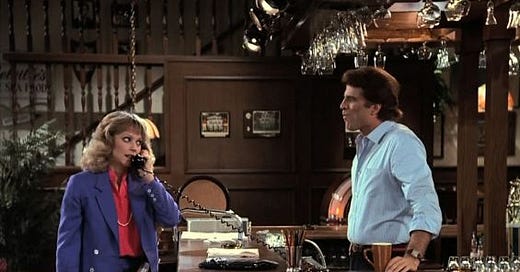

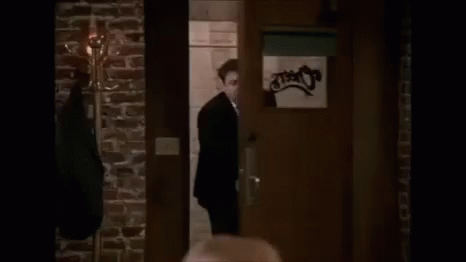
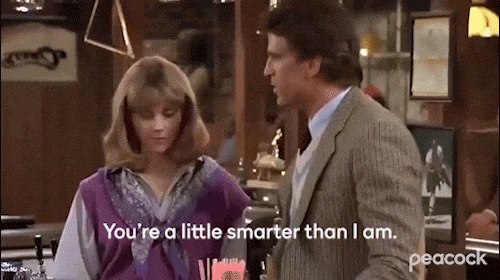
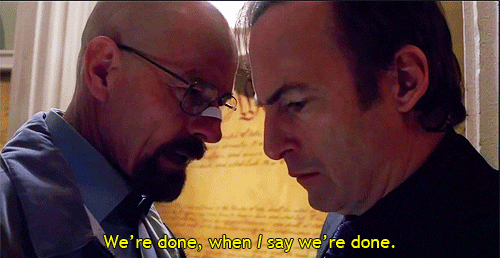
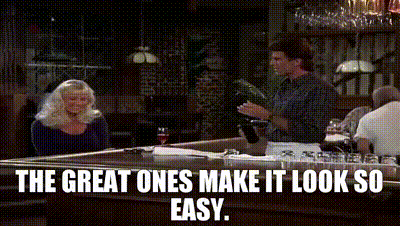

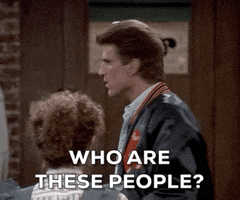
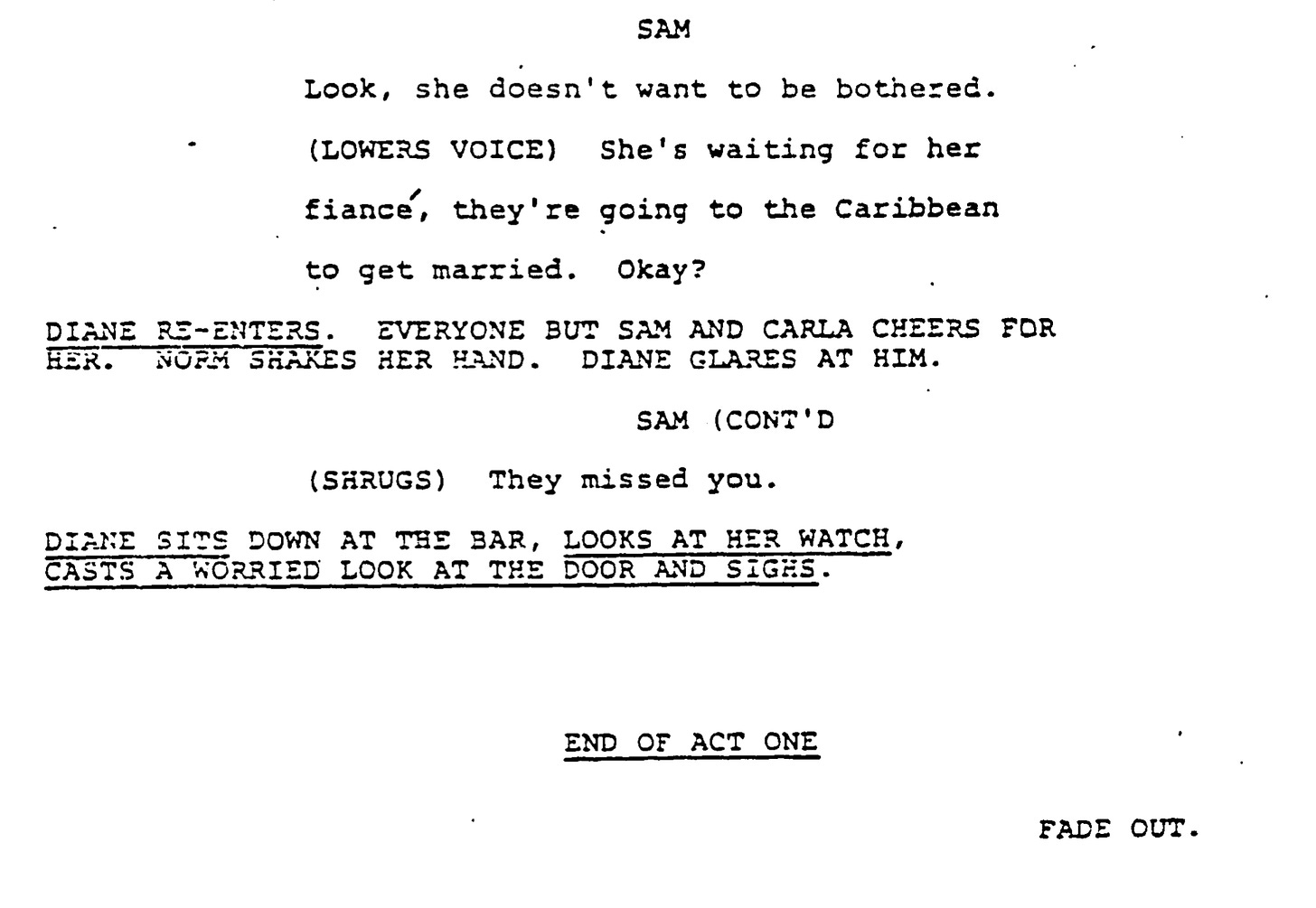

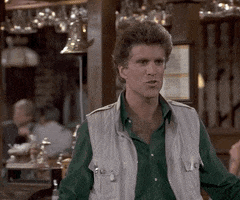
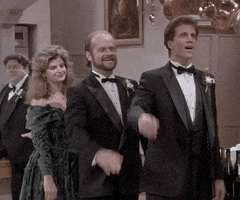
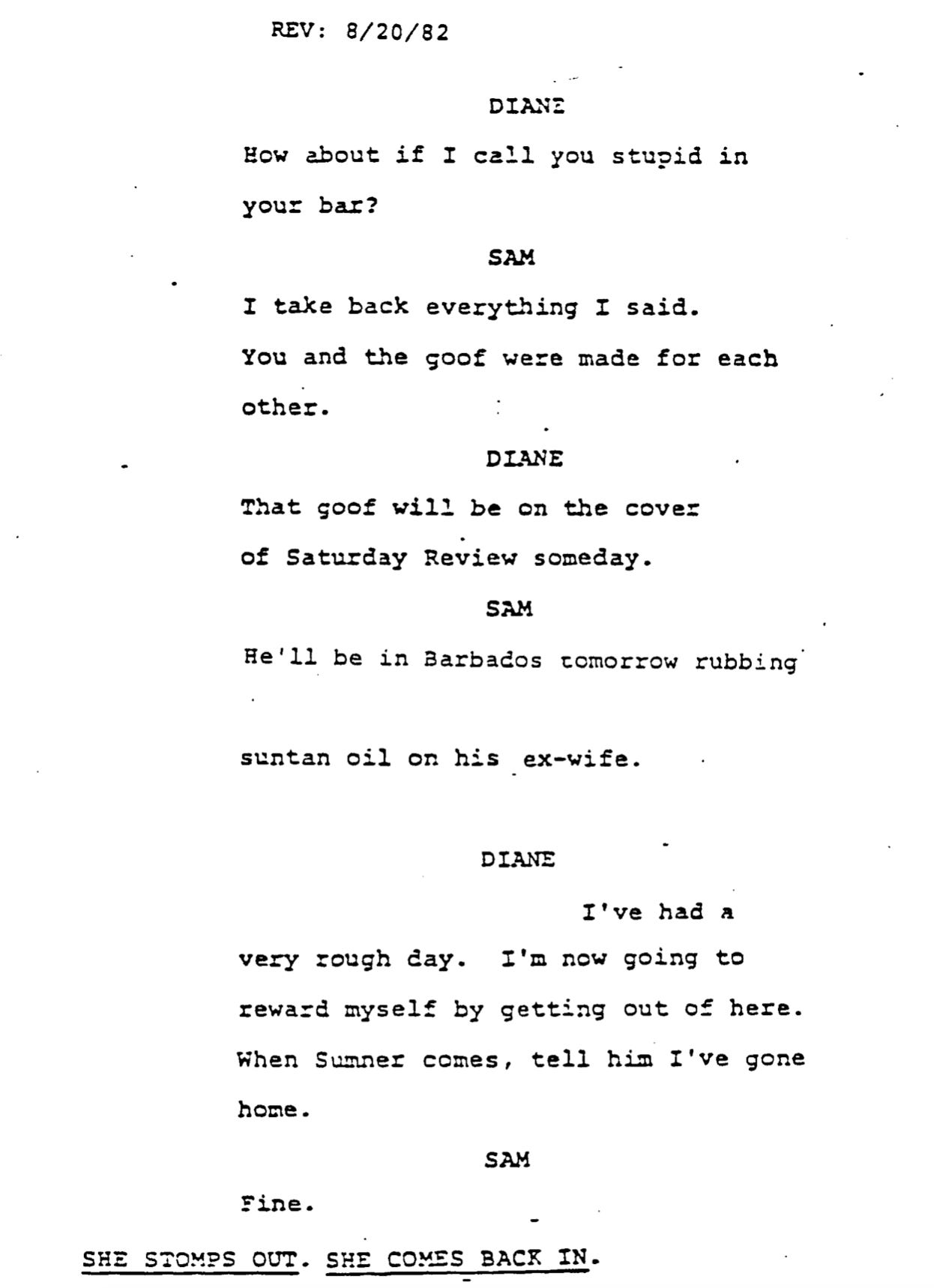
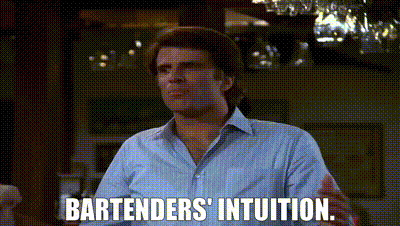

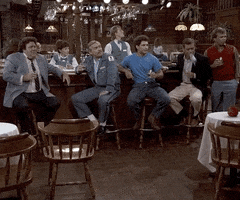
"The pilot knows the way"...especially this pilot. Thanks for breaking it down so clearly, Ben!